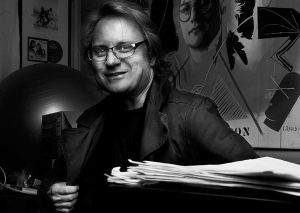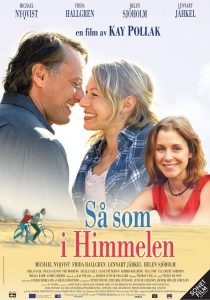Whilst preparing for a lecture on the Johannes Brahms piano trios, given on 28 January 2023 in Schloss Elmau (here is the complete recording), I also dealt for the first time more intensively with the A-major piano trio sometimes attributed to Johannes Brahms. As the trio is unquestionably a musically impressive piece of music, it is astonishing that its gifted composer has remained unknown to this day. The Trio E.T.A., having kindly played several live music examples during my lecture in Elmau, is firmly convinced that for stylistic reasons this four-movement piano trio can only be a work by the young Brahms. Therefore, towards the end of my lecture, we improvised a friendly debate about this “work without author”, from which the Trio E.T.A. also played some of its excerpts (see video from: 1:03:35 ff.).
Now, dear readers, you will begin to wonder what this might have to do with the title of today’s, admittedly somewhat slight, summer blog post. Last summer I told you how an unfamiliar duet by Joseph Haydn played on the radio reminded me of another music piece I knew very well, but couldn’t immediately identify. This is exactly what happened to me at the start of 2023 with the, yes, beautiful opening of the inauspicious A-major Trio “by Brahms”. I had heard this music before, but as something else. Yet from where? Agonising weeks began. Numerous music friends were contacted and maltreated: “Don’t you recognise this melody? Where does it come from?” No answer.
Shortly afterwards, on the occasion of a very sad private event, the melody unexpectedly “popped into my head”. Written by the Swedish film composer Stefan Nilsson, it is called “Gabriellas sång”. This song is the musical centre of the film “As It Is in Heaven” by Kay Pollak (original: “Så som i Himmelen”), which, though a bit sentimental, is really worth seeing. It is ultimately about the soul-healing power of music. I had accompanied my daughter’s singing of this very song once on the occasion of a christening. So that’s how I “knew” it. As at the opening of the A-major trio, the film music comes from the depths and then soars movingly over a throbbing ostinato bass:
(Here the original film excerpt.)
The melody and diction of the film song is so strikingly similar to the direct opening of the A-major trio “by Brahms” that for me there can be little doubt that at least unconsciously Stefan Nilsson had the beginning of the trio in mind when composing.
Do you agree? The model for “Gabriellas sång” is, of course, by Brahms only if he actually did compose the Piano Trio in A major. In keeping with current Brahms research, I consider this almost impossible, also for musical reasons, though the last word on this matter will, admittedly, only be said when the true composer has been found. The volume on the Brahms piano trios within the framework of the historico-critical Complete Edition (Series II, Volume 6) is currently in preparation in Kiel. I hear from there that the A-major Trio will not be included within it – as justifiably detailed. Why not listen to the whole trio in peace and without reservations? From a purely philological point of view, the problem of its composer cannot be solved owing to the extremely meagre source material. What do you think: Could for stylistic reasons the young Brahms not perhaps actually be the author?


